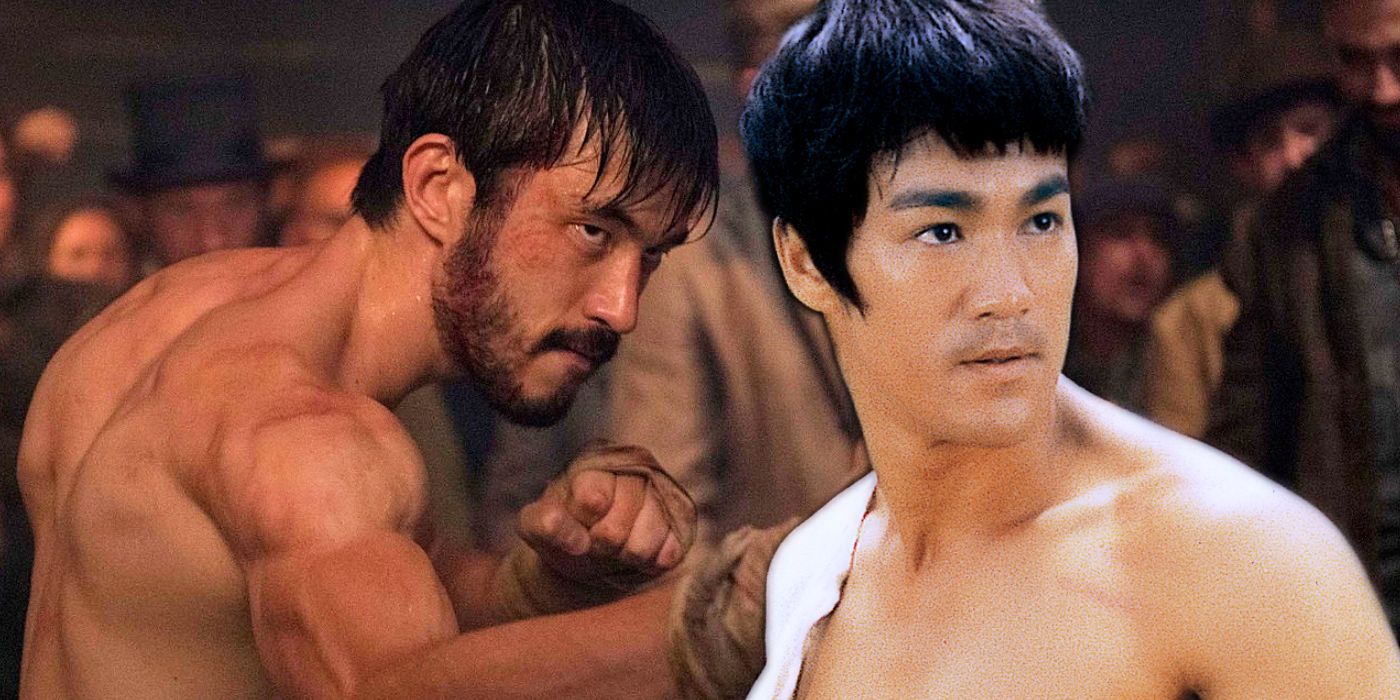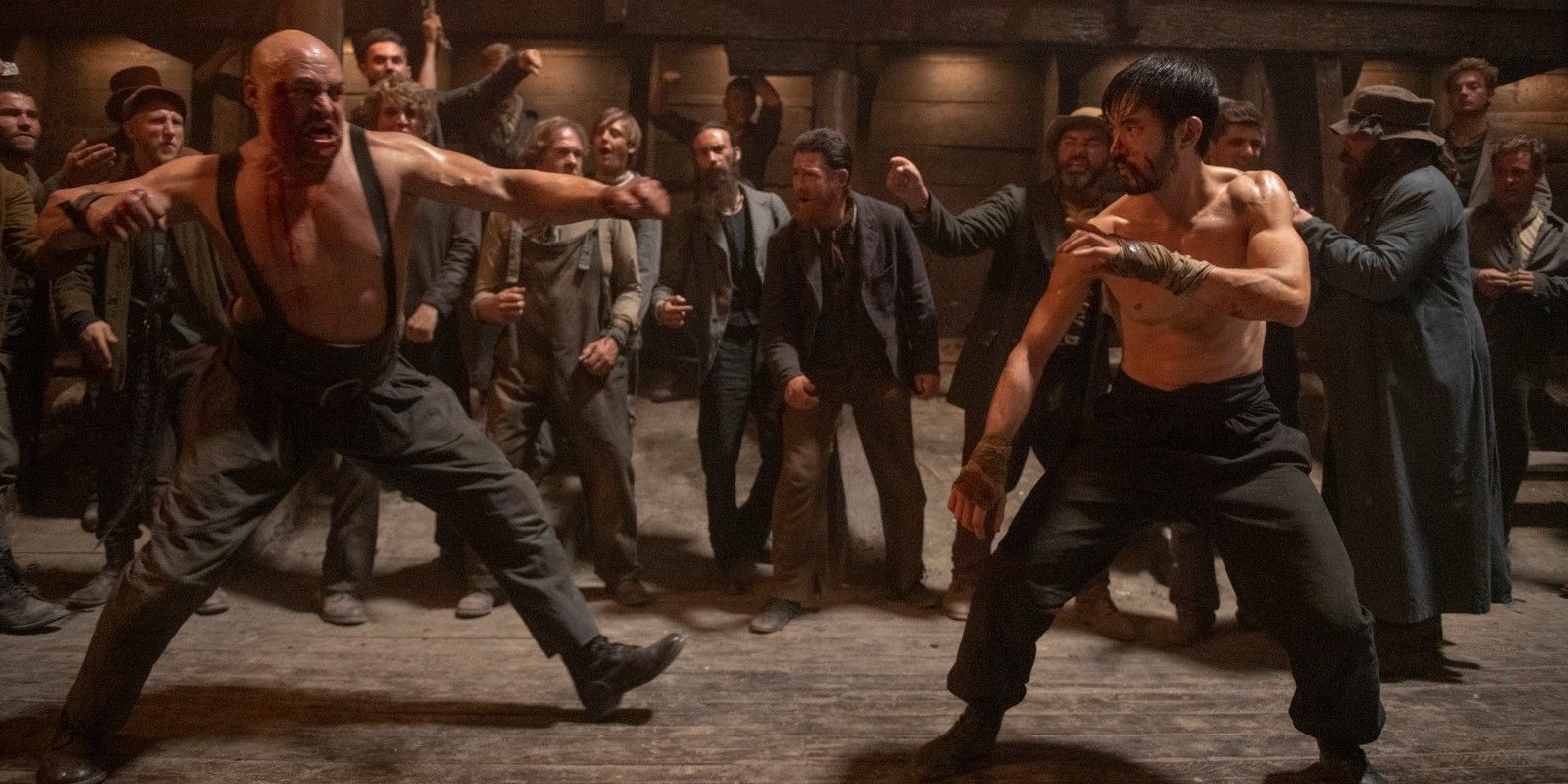Cinemax's Warrior season 2 proves that the series knows how to pay tribute to Bruce Lee without going overboard with it. Warrior's path to being realized goes all the way back to the mind of Lee himself, who conceived of the series but was unsuccessful in his efforts to get it greenlit. Lee's daughter, Shannon Lee, along with executive producers Justin Lin and Jonathan Tropper would later manage to finally bring Warrior to life on Cinemax based on a treatment of Lee's that formed the basis for the show's premise, with the first season debuting in the spring of 2019.
Originally titled The Warrior when Lee conceived of it, the show would have seen Lee portray the central character Ah Sahm, a Chinese immigrant in the American Old West. Between this and the project itself having been his brainchild, it would have been easy for Warrior to go out of its way to emphasize his connection to it at every opportunity. Instead, Warrior has taken a much wiser approach by keeping its Bruce Lee references and tributes in check.
The first episode of Warrior season 2, "Learn to Endure or Hire A Bodyguard" shows how strong a grasp the series has on this in a scene showing Ah Sahm, played by Andrew Koji, training with a wooden kung fu dummy. Known as a muk yan jong, it's a training tool closely associated with Wing Chun, which formed the foundation of Lee's martial arts training and his subsequent development of his fighting philosophy of Jeet Kune Do. It would gain more widespread notoriety by being featured in the Ip Man movies, in which Donnie Yen plays Lee's eponymous Wing Chun teacher. By including it, Warrior makes a subtle but noticeable nod to the man who originally dreamed up the series - but it's not overt.
Warrior makes other conservative tips of its hat to Lee in its fight scenes, with season 2 opening on Ah Sahm in an underground fight club. As has been the case throughout the show, the fighting stance Koji adopts as Ah Sahm is reminiscent of Lee's, while he also unleashes an assault of chain-punches (a technique found in both Wing Chun and Jeet Kune Do) against his enemy. The key to effective of Easter eggs like these on Warrior is both how subtly they're implemented and how they're not overused.
That isn't to say that Warrior hasn't ventured into somewhat more overt Bruce Lee-isms, with one particular fight sequence early in season 1 taking a clear influence from the fight behind the Chinese restaurant in The Way of the Dragon. However, the key point is that the series creators know that holding back on moments like these keeps them from overwhelming the story as it unfolds. Furthermore, this approach also gives them much greater impact when they do occur.
From the outset, the series has deliberately avoided presenting Ah Sahm as a carbon copy of Lee, and Andrew Koji handles the rigors of the role very well. In its unusually long road to finally being brought to life, Warrior shows it has a deft understanding of exactly when and where it should flex its muscles as the brainchild of Bruce Lee and when it shouldn't - and the premiere episode of season 2 cements how skilled the series truly is at accomplishing that.
NEXT: Game Of Death Would've Been Bruce Lee's Best Movie (If He Finished It)


